What Is the Sound Quality of a Bluetooth Speaker?
Short Answer:
The sound quality of a Bluetooth speaker is influenced by its driver size, audio codec (like aptX, SBC, or AAC), enclosure design, frequency response, and overall engineering. Premium speakers typically deliver deeper bass, clearer mids, and crisp highs compared to budget models.
Meta Description
What is the sound quality of a Bluetooth speaker? Learn how drivers, codecs, and design affect audio clarity and how to choose the best option.
Table of Content
- Understanding Sound Quality in Bluetooth Speakers
- How Audio Codecs Affect Sound
- Speaker Design and Build Materials
- How to Test a Speaker’s Sound Quality
- Real Examples: Best Bluetooth Speakers for Sound
- Frequently Asked Questions (FAQs)
Understanding Sound Quality in Bluetooth Speakers
When people ask “what is the sound quality of a Bluetooth speaker?“, they often mean:
- Clarity of vocals and instruments
- Depth of bass
- Balance across frequencies (lows, mids, highs)
- Loudness without distortion
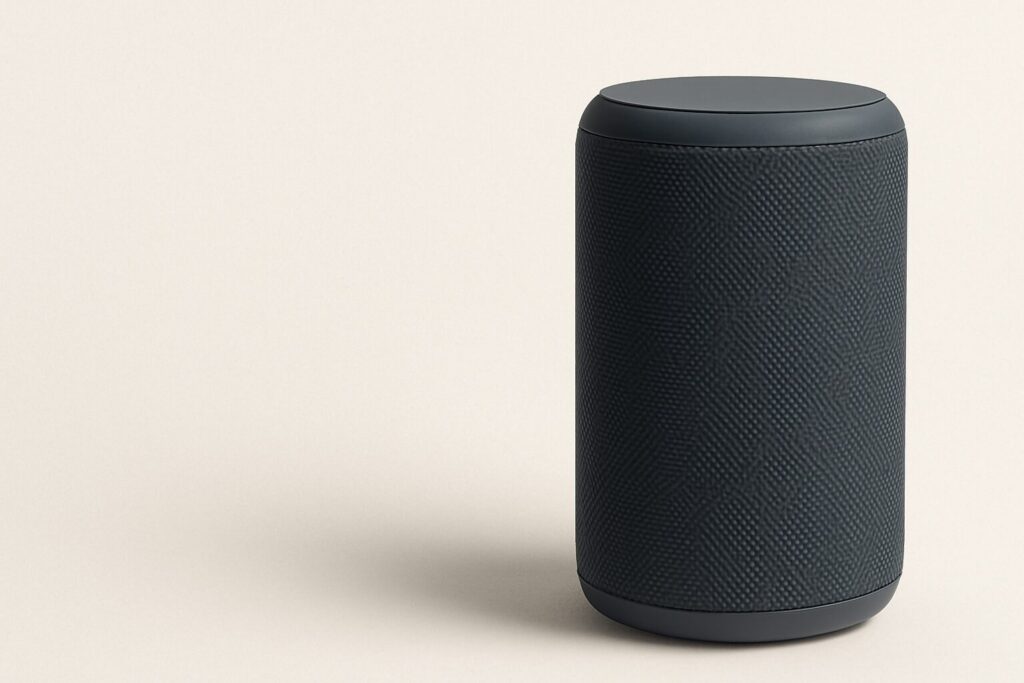
Key factors include:
- Speaker driver size – Larger drivers often provide richer sound.
- Frequency range – A broader range usually means better detail.
- Number of drivers – Some speakers use dual drivers or subwoofers for separation and depth.
📝 Example: A JBL Flip 6 has a wide frequency range and a separate tweeter, improving clarity compared to single-driver models.
How Audio Codecs Affect Sound
Not all Bluetooth is created equal. The codec determines how sound is compressed and transmitted. Common Bluetooth audio codecs include:
| Codec | Quality | Latency | Devices That Support |
|---|---|---|---|
| SBC | Basic | High | All |
| AAC | Better (iOS) | Medium | iPhones, some Android |
| aptX | High | Low | Many Android devices |
| LDAC | Very High | Low | Some Sony devices |
🎧 Tip: If your phone and speaker both support aptX or LDAC, your audio will sound clearer and more detailed than with SBC.
Speaker Design and Build Materials
Build quality plays a big role in audio performance:
- Enclosure type: Sealed vs. ported affects bass response.
- Shape & placement: Cylindrical speakers (like Ultimate Ears Boom) offer 360° sound.
- Materials: Hard plastic or aluminum casing may vibrate less, giving cleaner audio.
🔍 Case Study: The Sonos Roam uses a custom-built racetrack driver in a shock-resistant case, minimizing distortion even at high volume.
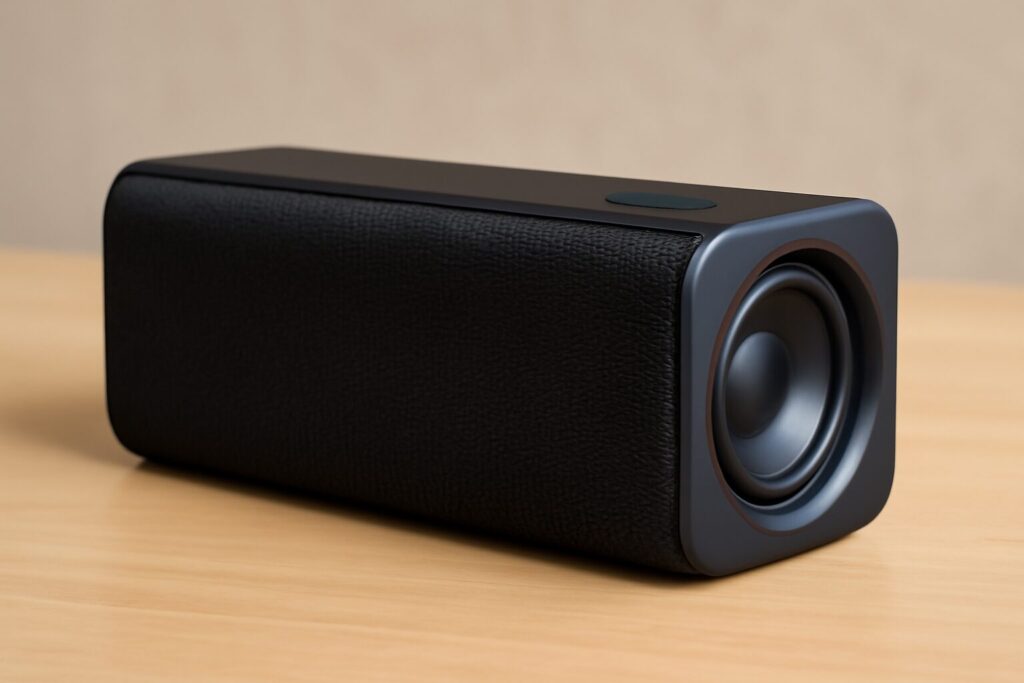
How to Test a Speaker’s Sound Quality
Want to evaluate sound before buying? Try these:
- Play different genres – Test with jazz, hip-hop, and classical.
- Listen at multiple volumes – Check if the speaker distorts at high volume.
- Test bass depth – Play songs like “Billie Eilish – Bad Guy” for low-end performance.
- Test clarity – Use vocals (e.g. Adele’s music) to spot muffled mids.
Real Examples: Best Bluetooth Speakers for Sound
| Speaker | Sound Quality Rating | Price | Best For |
|---|---|---|---|
| JBL Charge 5 | 9/10 | $$ | Balanced sound |
| Bose SoundLink Flex | 9.5/10 | $$$ | Crystal clarity |
| UE Boom 3 | 8.5/10 | $$ | 360° party sound |
| Sony SRS-XG300 | 9.3/10 | $$$ | Deep bass |
📌 Want more recommendations? 👉 [Read our guide to the best waterproof Bluetooth speakers]
FAQs: What People Also Ask
1. Does speaker size affect sound quality?
Yes. Larger speakers typically have better bass response and more room for multiple drivers.
2. Is Bluetooth sound worse than wired?
It can be, due to compression, but with high-end codecs (like aptX HD or LDAC), the difference is minimal.
3. How can I improve my Bluetooth speaker sound?
Place it near a wall for natural bass boost, avoid corners, and use EQ settings on your phone.
4. Are expensive Bluetooth speakers worth it?
Usually, yes — they offer better drivers, tuning, materials, and longer battery life.
5. Which brand has the best sound quality?
Top-rated brands include Bose, Sonos, JBL, and Sony.
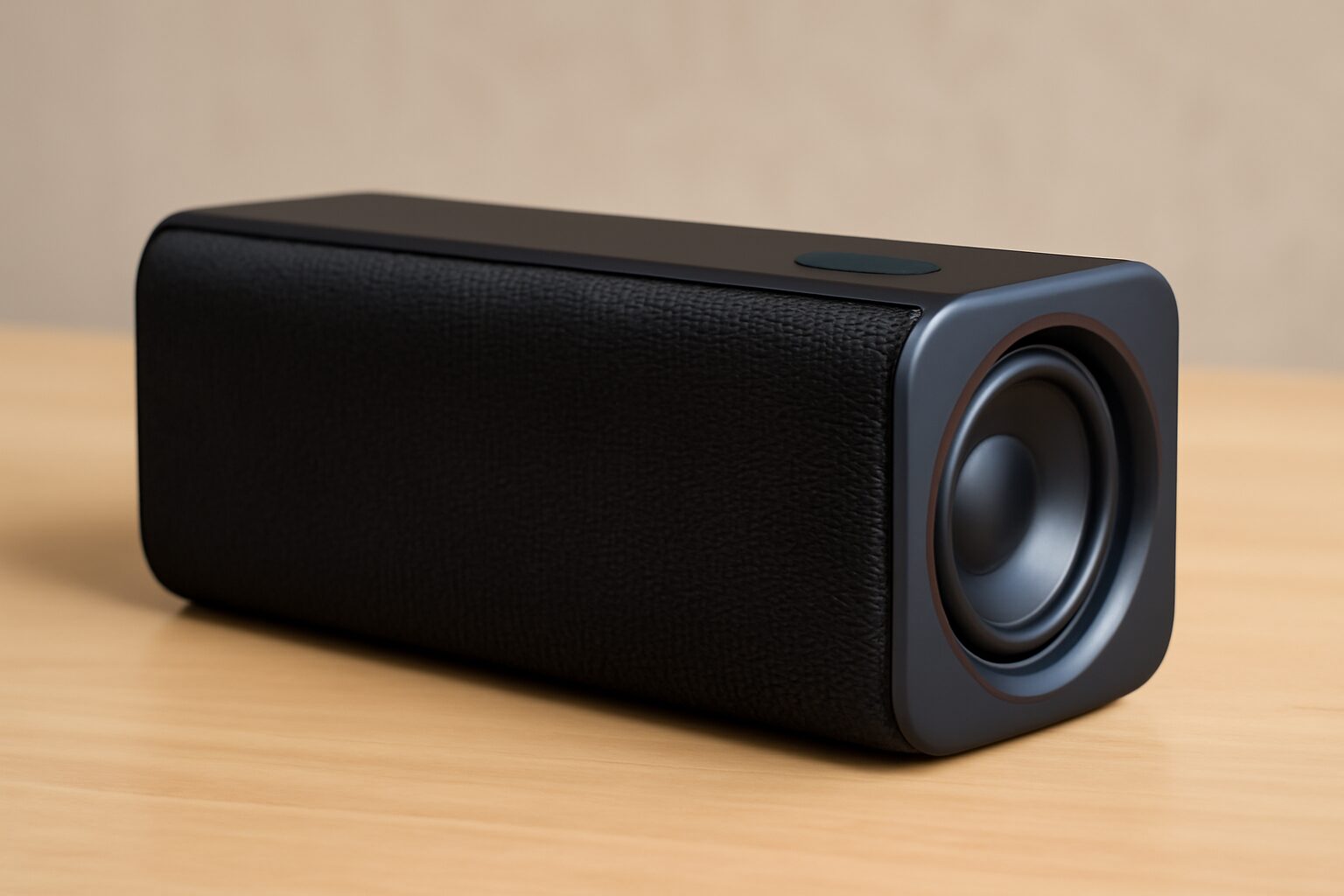
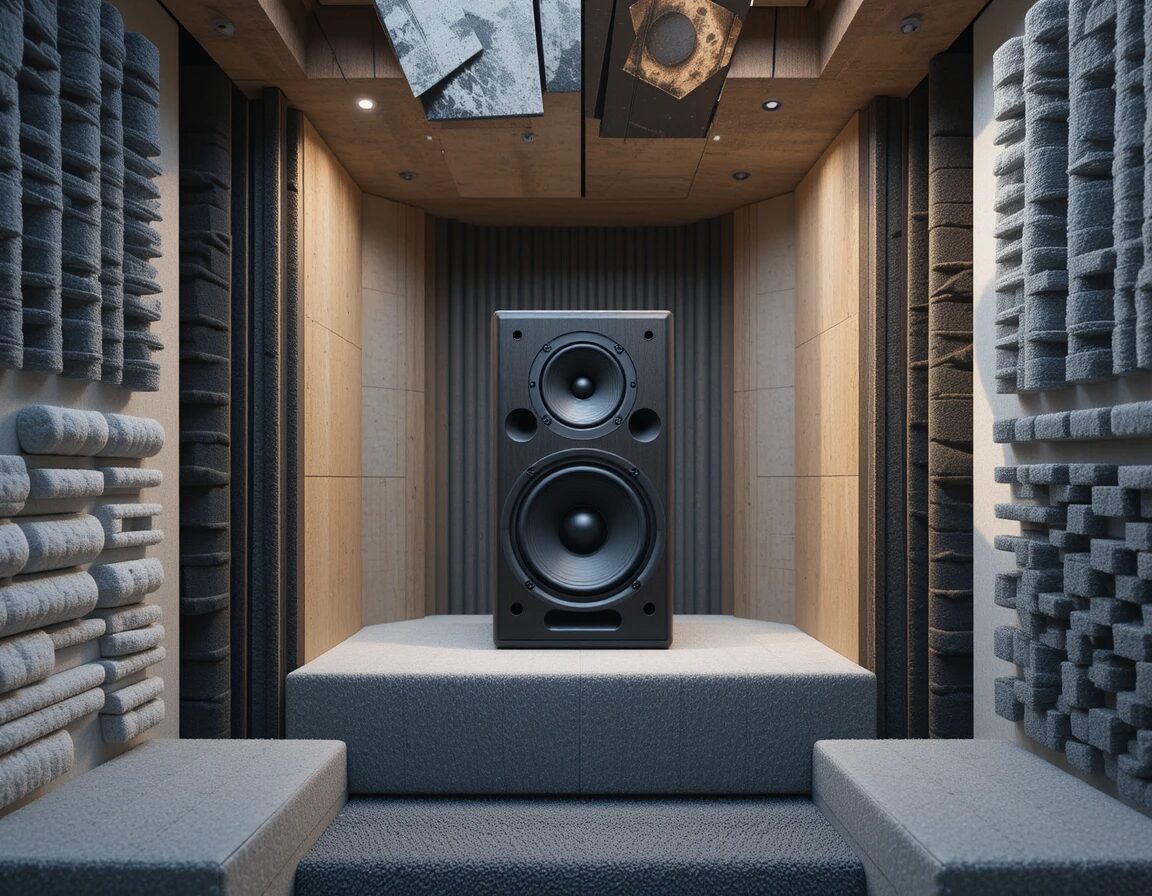
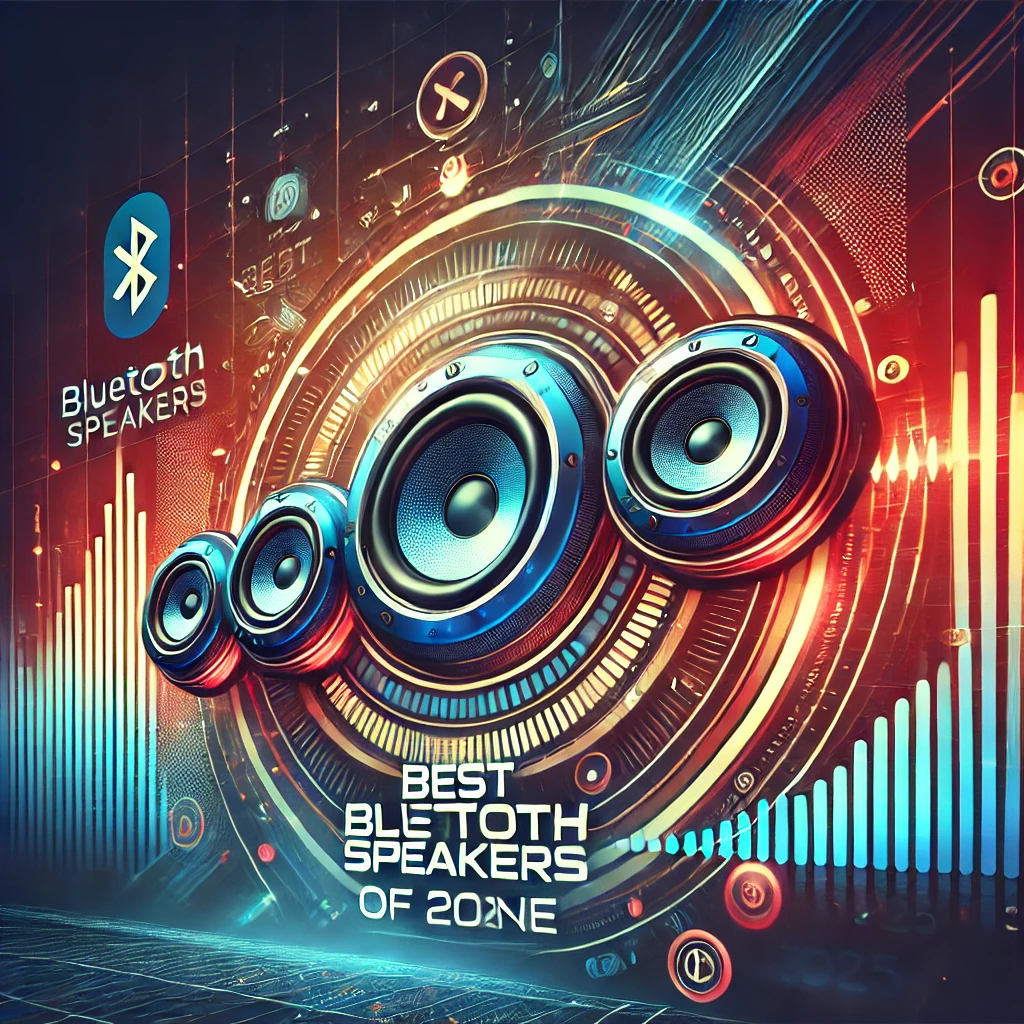

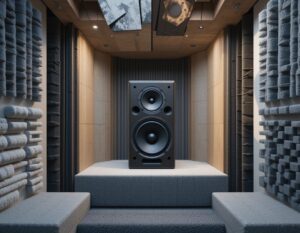
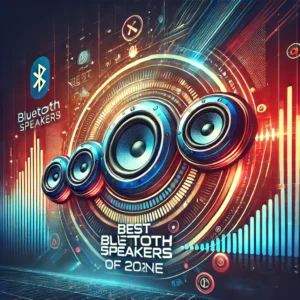

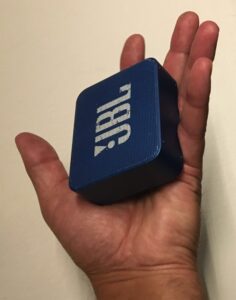
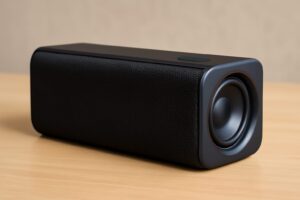
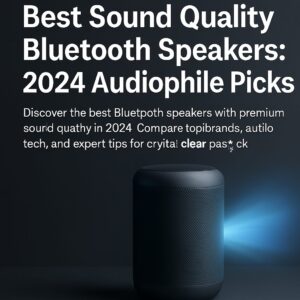
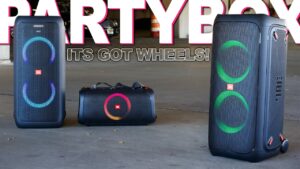
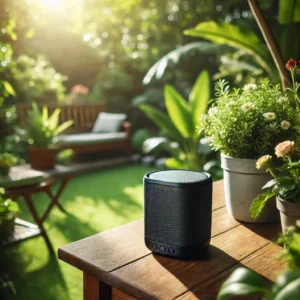
2 comments